Lumbar spondylosis
Table of Contents
What is Lumbar spondylosis?
- Lumbar spondylosis is the age-related changes in the vertebrae and intervertebral discs of the spine.
- These changes are often called degenerative disc disease and osteoarthritis of the spine. Most people don’t have symptoms, but some may have spasms or pain in the lower back.
Pathology
- Usually, lumbar degeneration initiates from the intervertebral disc which causes structural and biomechanical changes, it leads to modification of physical properties of elasticity and mechanical resistance.
- osteophytes formation and pathological changes occur in the vertebral bodies because of disc lesions.
- most osteophytes formation occurs in the anterior and lateral sides of vertebral bodies. posterior osteophyte formation is less common and has very less chances to impinge upon the spinal cord and nerve roots.
What are the signs and symptoms of lumbar spondylosis?
- The symptoms of lumbar spondylosis depend on the severity and location of arthritic changes.
- symptoms of lumbar spondylosis may include generalized aching, pain, or stiffness in the lower back, including muscle spasms or tightness.
- If there is compression on the spinal nerve root you may have numbness, tingling, pain, or weakness in the legs called radiculopathy.
- If the arthritis is severe, it can cause spinal stenosis.
Common symptoms of Lumbar spondylosis :
- Stiffness:- Stiffness occurs after a long period of rest or inactivity like waking up in the morning.
- paresthesias or abnormal sensation:- it may develop like Tingling and numbness in the leg.
- In the affected joints, the range of motion gets limited.
- Pain:- pain occurs when herniated disc or bulging disc impinges on the spinal nerve roots and pain radiates from the lower back to the leg.
- Bladder incontinence
- Weakness in leg muscles
Who are at Risk of developing spondylosis?
Spondylosis is associated with aging, certain genetic predispositions, and injuries to the spine may increase a person’s risk of developing spinal osteoarthritis.
Apart from normal wear and tear and specific autoimmune triggers, in many cases of spondylosis, the cause remains unknown.
- Age:- As a person gets older they are more prone to develop lumbar spondylosis because their healing capacity decrease over the years and the disease develop faster. persons over 40 years of age are more susceptible to developing lumbar spondylosis.
- Obesity:- overweight the body puts more stress or load on the lumbar region because the lumbar region carries most of our body weight. it may have more chances to develop spondylosis in the lumbar region.
- Sedentary lifestyle:- persons who have a sedentary lifestyle have more chances to develop lumbar spondylosis because sitting in one position for a longer time.
- heredity
- Repeated occupational trauma:- Repeated trauma makes a person more prior to developing lumbar spondylosis.
- High impact activities:- lifting of heavyweight, and high impact activity put more pressure or stress on the lumbar region and risk of developing lumbar spondylosis.
What is the differential diagnosis of lumbar spondylosis?
- When the patient is suffering from low back pain many pathologies could be the cause of lower back pain. Other causes are also there, along with lumbar spondylosis.
Rheumatoid arthritis:- The subdivisions of lumbar spondylosis have many similarities with arthritis.
Infection
Ankylosing spondylitis
Discitis
coccyx pain
Disc bulging
Lumbar canal stenosis
Compression fracture
Tumor
Which are the diagnostic procedures for lumbar spondylosis?
Mostly X-Ray are helpful in diagnosing the Lumbar spondylosis, if further investigation require MRI or CT Scan also prescribed by doctor for further support.
- X-ray:- The osteophytes formation is seen on the vertebral bodies and thickening of facet joints, the intervertebral disc spaces reduce.
- MRI:- The MRI shows the Osteophytes formation on the vertebral bodies, Disc herniation, and narrowing of intervertebral space.
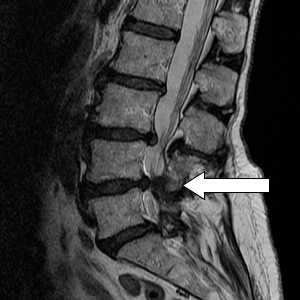
- CT scan
Examination:
General examination:-
Check the whole spine
Examine any swelling
Examine surgical scars
Assess any deformity present or not, like scoliosis, kyphosis, loss of lordotic curve, or hyperlordosis in the lumbar spine.
Examine the shoulder level or any pelvic tilt
On Palpation:-
Examine the tenderness over bone and soft tissue by palpation
Examine the hamstrings tightness, tight lumbar musculature
Movement:-
Examine all movements of the spine Flexion, Extension, Side flexion, and Rotation.
Examination of the shoulders and hips to eliminate these joints as a cause of the symptoms.
neurovascular Examination:-
Reflexes, tone, and power should be checked. All peripheral pulses are also assessed, as vascular claudication in the upper and lower limbs can imitate symptoms of stenosis or radiculopathy.
Medical Treatment:-
Spinal injections:- There are many types of spinal injections which are used in the epidural space and facet joints.
These injections are used to treat inflammation by the combined use of a local anesthetic and steroid medication which reduce pain.
NSAIDs:- Non-steroidal anti-inflammatory drugs reduce inflammation and contribute to pain. Many non-steroidal anti-inflammatory drugs are available over-the-counter (OTC) and others by only prescription.
Do not combine OTC medications with prescription drugs without the permission of the physician. it may cause serious adverse effects.
Opioids:- Opioids are used to reduce acute pain. it may be prescribed for a short period.
Muscle relaxants :- muscle relaxant medications are used to reduce muscle spasm and pain.
Surgical Treatment:
Spinal fusion
Laminectomy
Foraminotomy
Diskectomy
Disk replacement
Physiotherapy Treatment:
Goals of Treatment:-
Pain relief
Restore the Movement
Muscles strengthening
Correct posture
Treatment of Acute Stage:-
- Rest and Give Support:- In the acute stage, the lumbar corset is useful to provide rest and support to the inflamed facet joints. When acute symptoms decrease, gradually increase the time without a corset and try to discontinue it.
- The most comfortable position is flexion of the trunk when there is the presence of neurologic signs due to a decrease in foraminal space because of swelling and osteophytes formation.
- Instructions about posture:- The whole back should be supported by the backrest of the chair. the lower back should be supported by a small lumbar pillow. the head neck and shoulders and feet should be supported, arms resting on an armrest or a lap.
- Modalities:- hot or cold packs can use to relieve pain in the affected area. Ultrasound and transcutaneous electrical stimulation are also used to relieve pain and reduce muscle spasms. Interferential therapy(IFT) also can be used to decrease pain and inflammation.
- Relaxation:-Teach some self-relaxation exercises like deep breathing, physiological relaxation, and hydrotherapy.
- Gentle Range Of Motion Back exercise in a pain-free range.
Treatment of sub-acute and chronic stages:-
- ROM exercise:- Active exercise of the lumbar spine. pelvic tilting exercise in different positions.
- Stretching exercise for tight muscles
- Strengthening exercise
- correct posture
- TENs:- TENs is a modality that is used to reduce pain. it is a frequently used modality.
- Lumbar back support is useful for patients who suffer from chronic lower back pain. it limits the spinal
- motion and stabilizes the pain apart from that it also reduces mechanical force and corrects deformity.
- Lower back exercises:-
- Lower back exercises are necessary to build the strength of spinal muscles and a controlled exercise, the gradual exercise program is most effective.
- The abdominal and back muscles provide strength to keep the body upright. When these core muscles are in a weak condition, extra stress is applied to the spine so that back pain or back injury is more likely to occur.
Goals of Back flexion exercise:
- The muscles of different back flexion exercise to support the spine and, they are divided into three categories:
Flexors (abdominal and iliopsoas muscles):-
- Flexor muscles are used to bend and give support to the spine from the front. flexors also control the arch of the lumbar spine. they also flex and adduct the hip (move thigh towards the body).
Extensors (Back and Gluteal muscles)
- Extensor muscles are used to straighten the back and are also used in lifting activities, Extend the back, and abduct the hip (move the thigh away from the body).
Obliques or rotators (Paraspinal muscles)
- These muscles are used to stabilize the spine when upright. These muscles rotate the spine and help to maintain proper posture and spinal curvature.
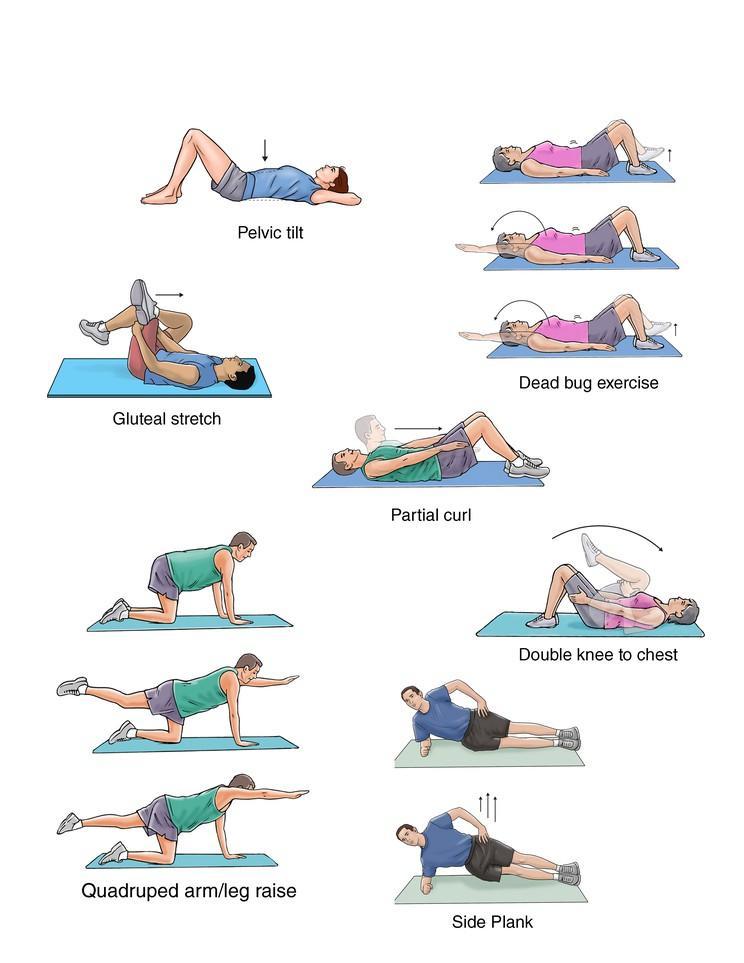

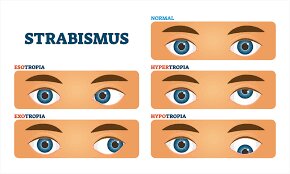
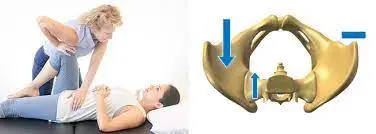
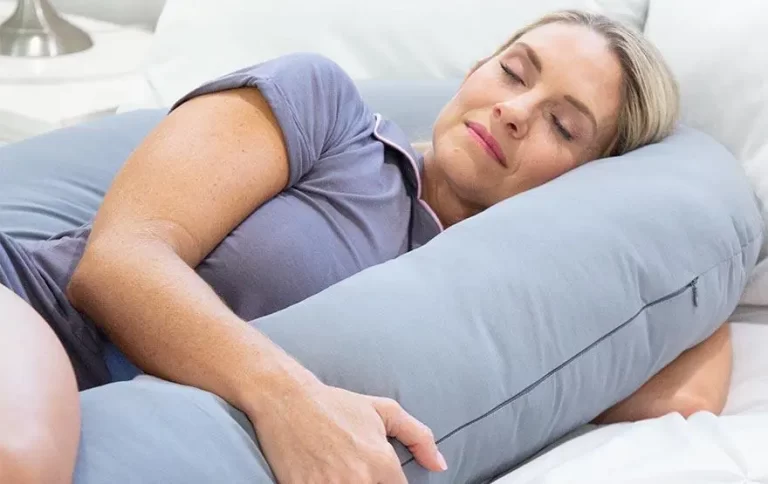
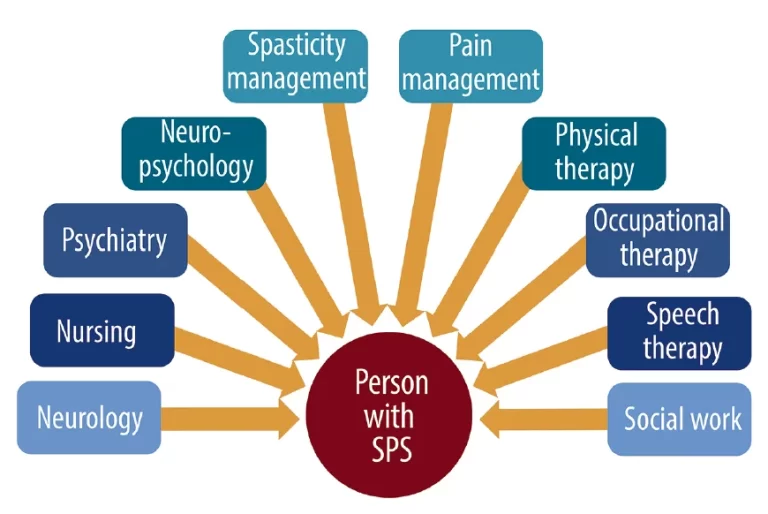
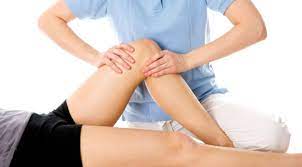

2 Comments